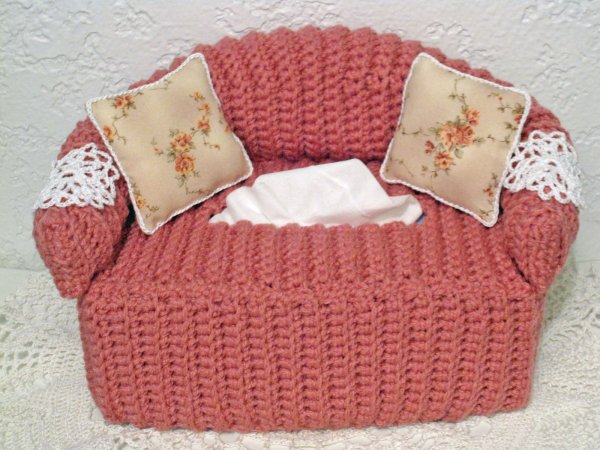Mastering the Art: 7 Basic Hand Embroidery Stitches Anyone Can Do
Embroidery, the art of decorating fabric with needle and thread, has been cherished for centuries across cultures. From intricate designs adorning royal garments to delicate embellishments on everyday items, embroidery adds a touch of elegance and personality to any piece.
If you're new to embroidery, fear not! There are several basic stitches that serve as the foundation for mastering this timeless craft. In this blog post, we'll explore seven fundamental hand embroidery stitches that anyone can learn. These stitches are not only easy to pick up but also versatile, allowing you to stitch almost anything once you've mastered them.
1. Back Stitch
The back stitch is a simple yet sturdy stitch commonly used for outlining designs or creating continuous lines. To execute a back stitch, bring the needle up through the fabric at the starting point, then insert it back into the fabric a short distance away. Bring the needle up again, this time ahead of the first stitch, and insert it back into the fabric at the end of the previous stitch. Repeat this process to create a neat, connected line of stitches.
2. Whipped Back Stitch
The whipped back stitch adds a decorative twist to the basic back stitch. After completing a row of back stitches, thread a contrasting color of embroidery floss through a needle and weave it over and under each back stitch in a whipping motion. This creates a raised, braided effect that enhances the texture of your embroidery.
3. Straight Stitch
As its name suggests, the straight stitch is the simplest of all embroidery stitches. It involves inserting the needle into the fabric and pulling it back up again in a straight line. Straight stitches can be used for filling shapes, creating dashed lines, or adding subtle texture to your embroidery.
4. Satin Stitch
The satin stitch is perfect for filling in large areas with smooth, solid color. To create a satin stitch, simply embroider parallel rows of straight stitches next to each other, ensuring that they're close enough to cover the desired area completely. The result is a lustrous, satin-like finish that adds richness to your embroidery.
5. Variated Back Stitch
Put a creative spin on the traditional back stitch by using variegated embroidery floss. Variegated thread features multiple colors in a single strand, creating a gradient effect as you stitch. Experiment with different color combinations to add depth and visual interest to your embroidery projects.
6. Stem Stitch
The stem stitch is renowned for its elegant, rope-like appearance, making it ideal for creating flowing lines and curves. To execute a stem stitch, bring the needle up through the fabric and make a small stitch forward. Then, bring the needle back through the fabric, positioning it halfway between the starting point of the previous stitch and the end of the new stitch. Continue this process, alternating the side of the stitch where the needle enters the fabric, to create a twisted rope effect.
7. French Knot
No embroidery repertoire is complete without the charming French knot. This versatile stitch adds dimension and detail to your designs, making it perfect for embellishing flowers, eyes, or other small elements. To make a French knot, wrap the embroidery floss around the needle several times, then insert the needle back into the fabric close to the starting point. Hold the wrapped thread taut as you pull the needle through, forming a snug knot on the surface of the fabric.
Embroidery is as much about practice as it is about technique. Don't be discouraged if your stitches don't look perfect right away; with time and patience, you'll refine your skills and develop your own unique style.
As a bonus, I've included a free embroidery pattern of a cute little angel to help you practice these stitches. Right click on the image below and download the pattern. Happy stitching!
Tell your friends about all the freebies at cottage-crafts blog and thanks for stopping by today!





Comments
Post a Comment